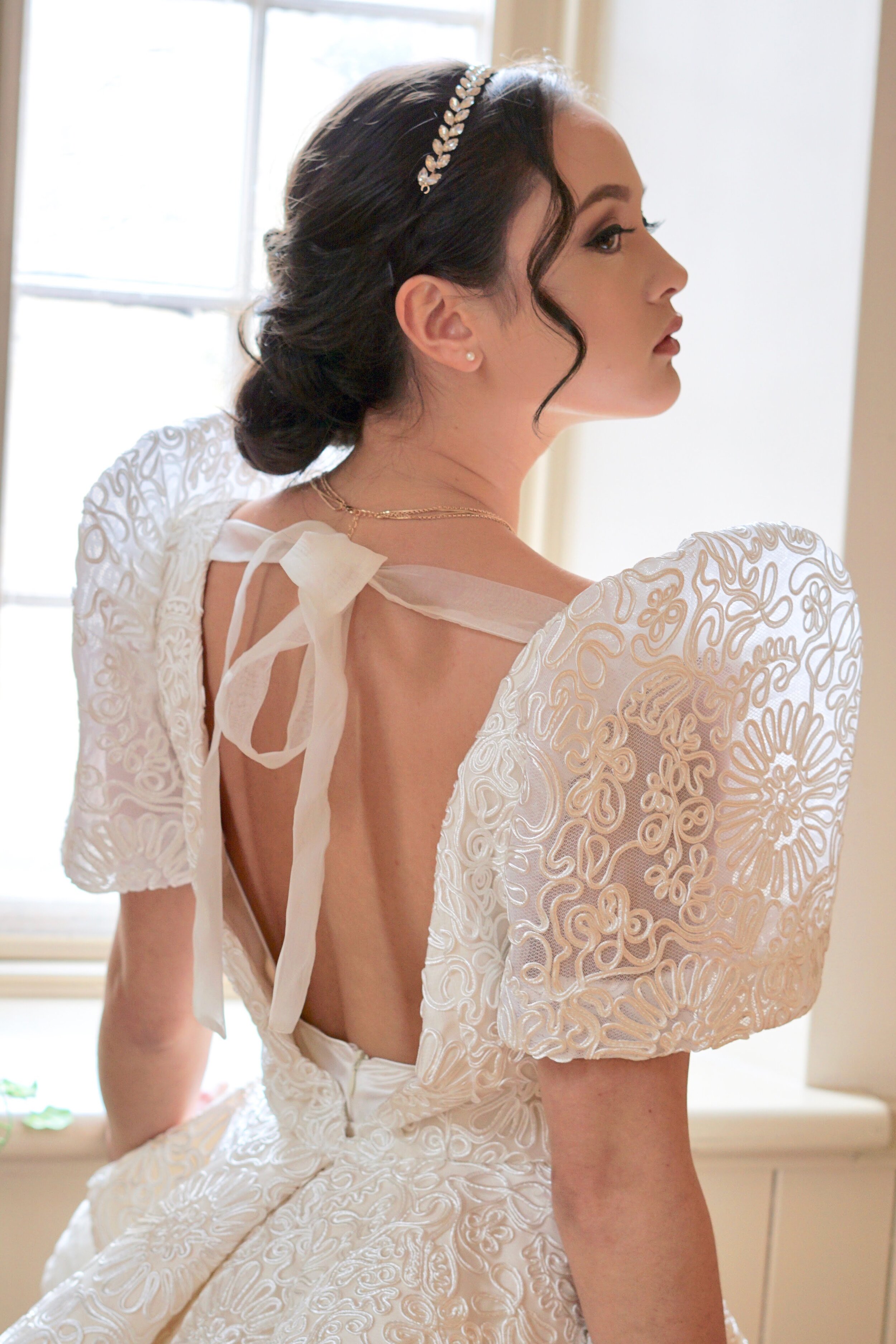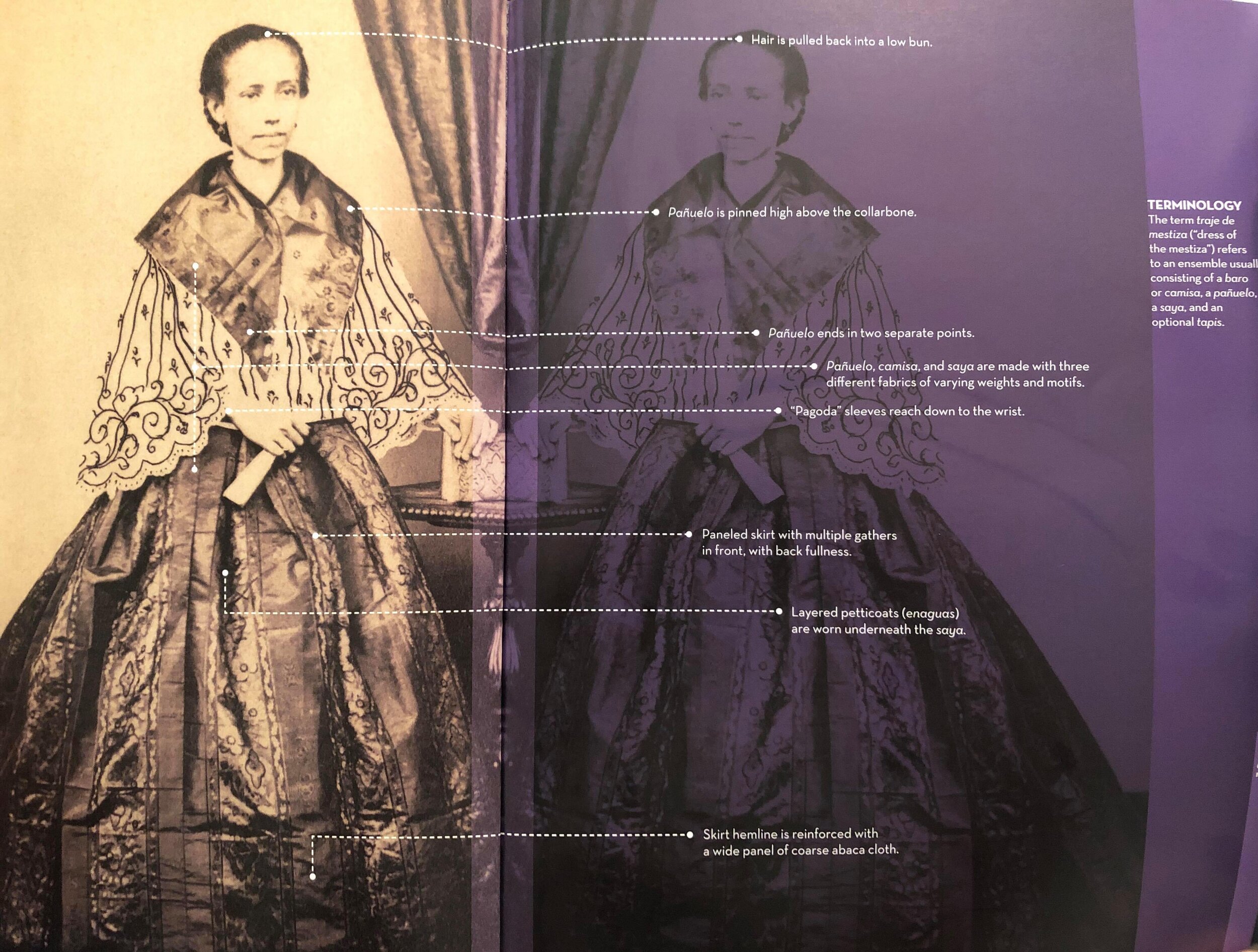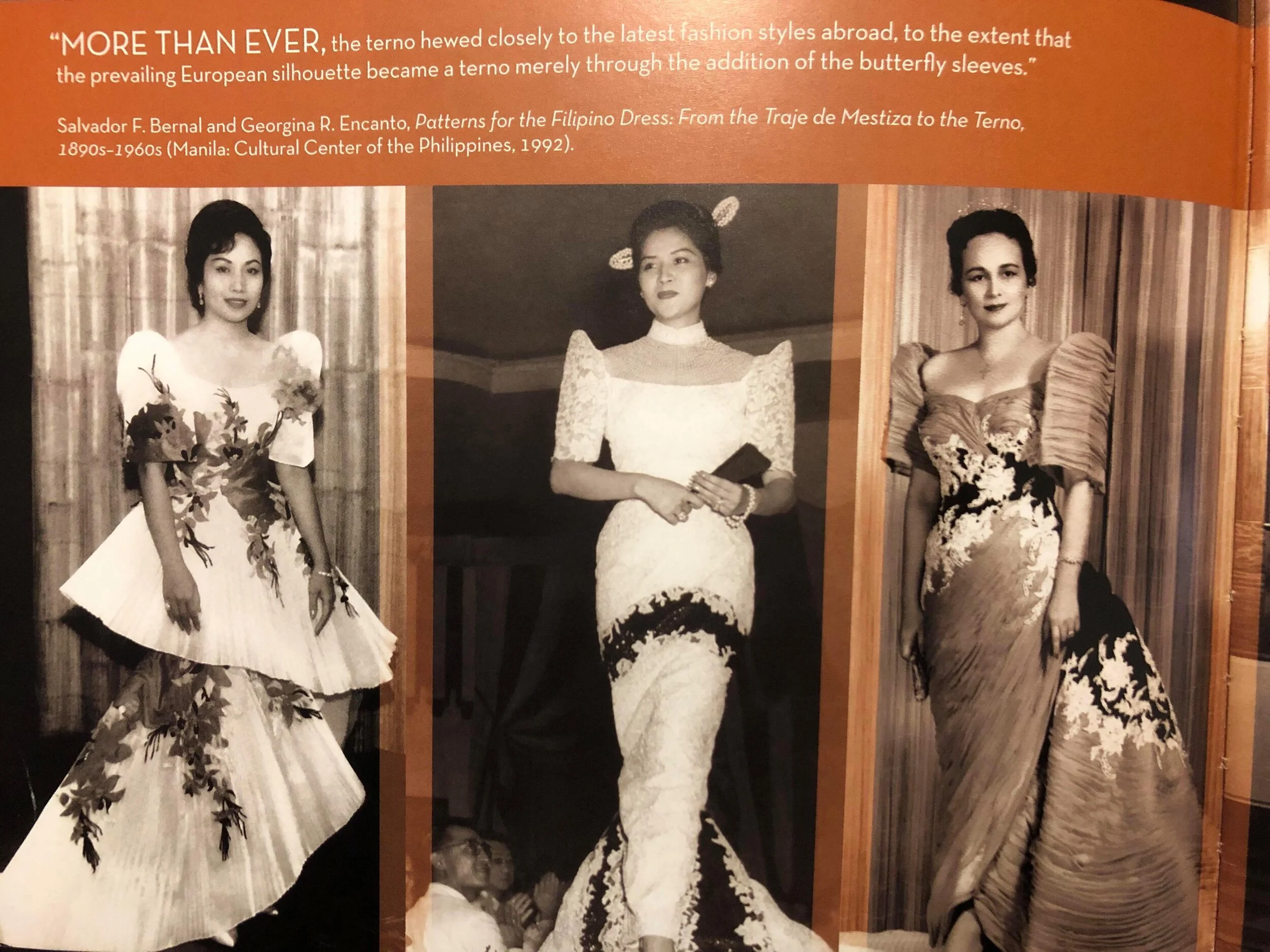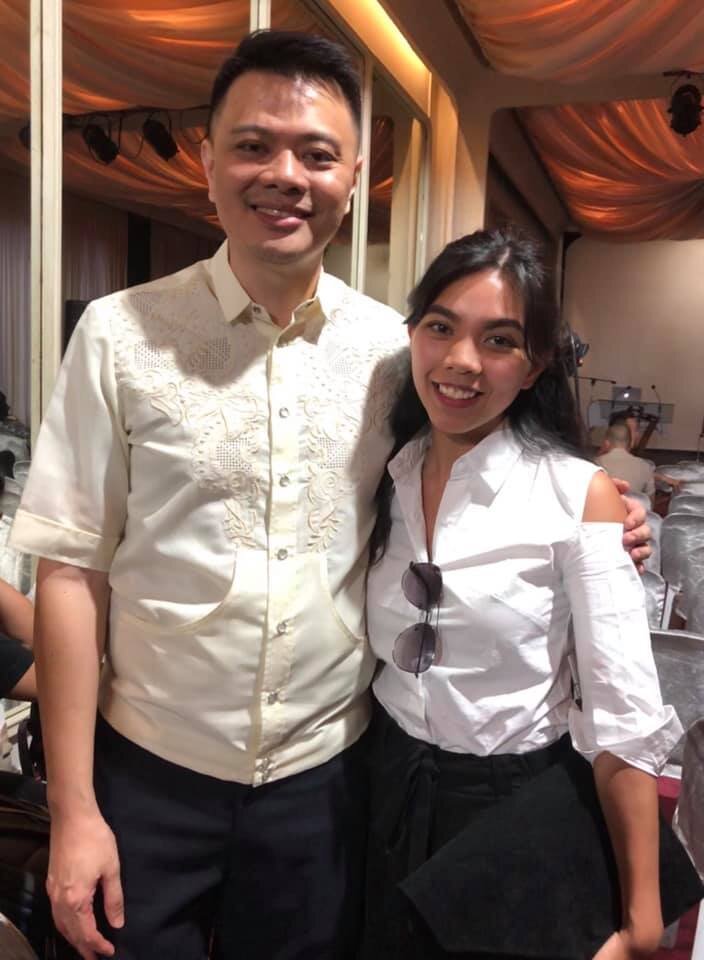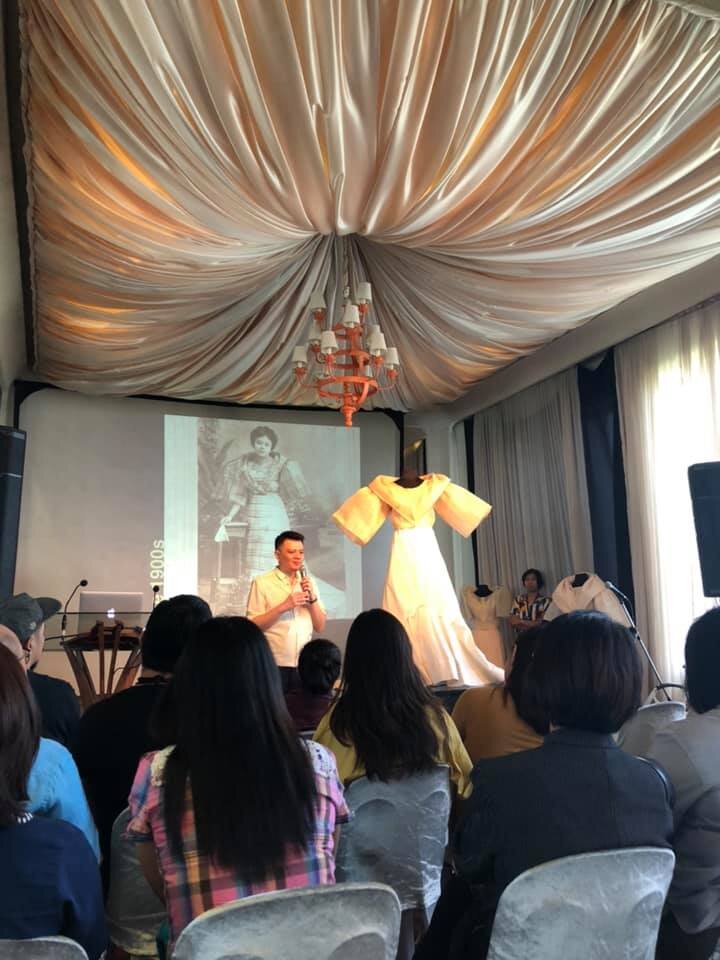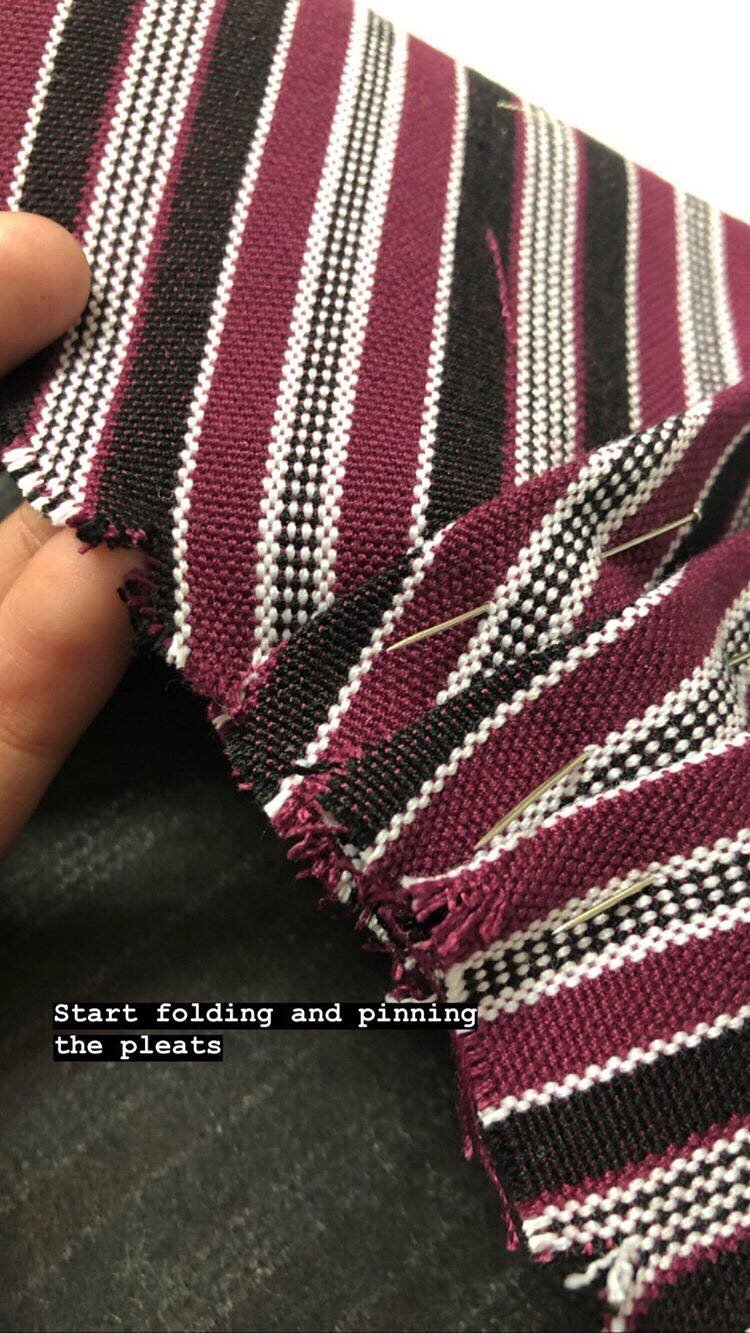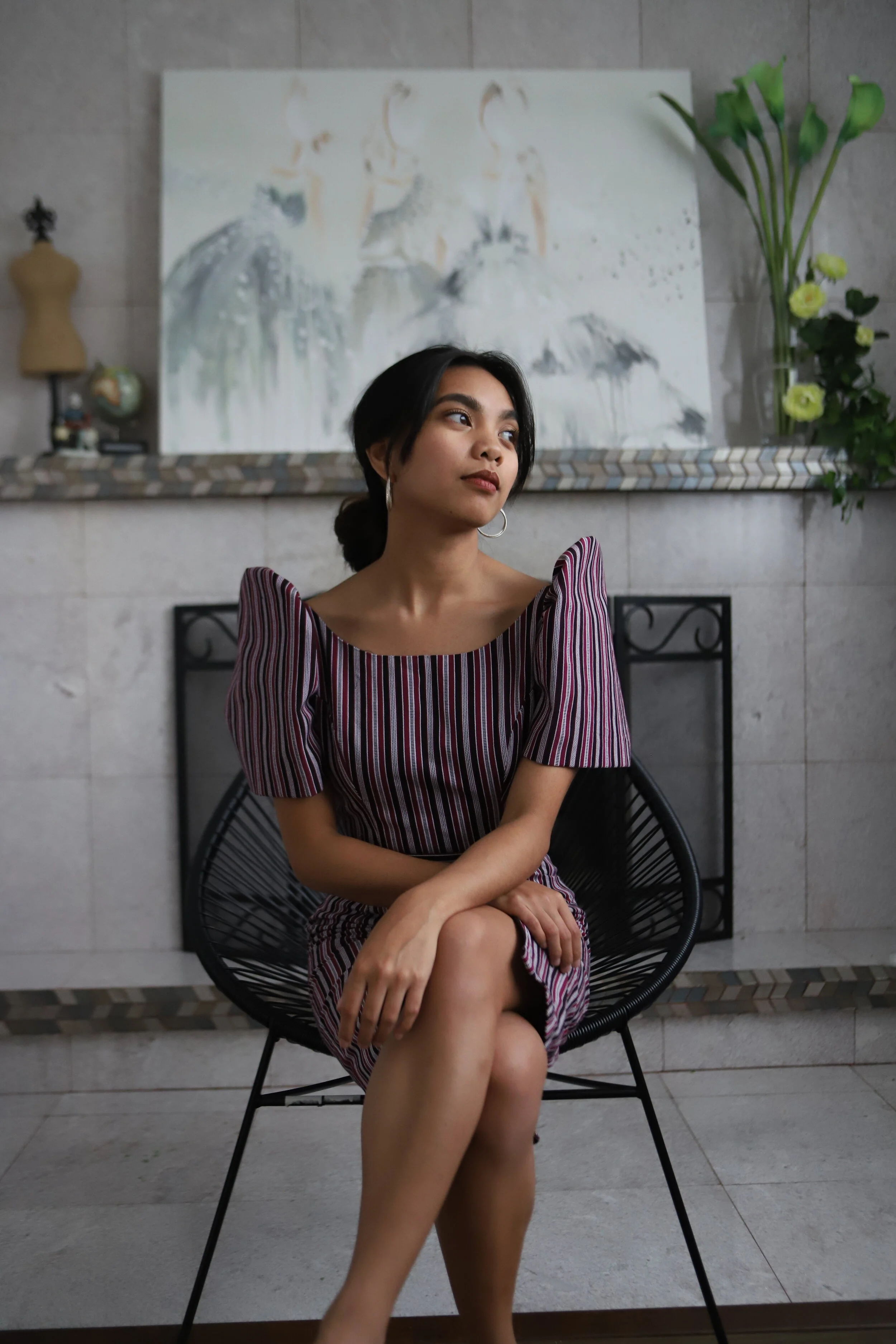Behind the Seams: The history and making of the Terno
Ever since I released my first collection, the Iglesia Collection, I’ve had a steady increase in the amount of custom terno inquiries and orders. For those who are new to my following, my Iglesia collection combines traditional Filipino cultural wear with modern bridal trends. More specifically, the terno is considered the national form of dress for Filipina women and is characterized by its flattened, pleated sleeves creating a semi circle above the shoulders, otherwise known as “butterfly sleeves”. Surprisingly, many people don’t know what to think of when Philippine cultural wear or a terno is mentioned, while it seems to be very easy for people to picture a sari or qipao when either are mentioned. Even some filipinos themselves aren’t able to define or describe what the terno is, or where it came from in history. I myself landed in that category before I began researching and designing my Iglesia collection and before being invited to attend a terno conference last May. The more I learned about it, the more I fell in love with it. Hopefully by the end of this blog, you’ll feel the same way!
Photos from the Iglesia Collection
Photography by Gloria Liang
The evolution of the terno can be traced back to the 1800’s where clothing was heavily influenced by Spanish colonization. At this time, everyday wear for women was often called the “traje de mestiza” or “dress of the mestiza”. This consisted of a “baro” (blouse), a “saya” (skirt), “panuelo” which was a folded piece that created a scarf or collar silhouette over the shoulders, and an optional “tapis” which was another folded piece of fabric placed over the skirt.
Photo from Fashionable Filipinas by Gino Gonzales & Mark Lewis Higgins
Fast forward to the late 1800’s and early 1900’s, and the beginnings of the terno can be seen. The sleeves of the blouse begin to take shape as they move away from the body with pleating on the shoulders. Notice how at this time, this form of dress is worn by all classes and all ages of women, at any time of day. The photo on the left displays different generations of women wearing the traje de mestiza, and the photo on the right shows pillow vendors working in the traje de mestiza.
Photos from Fashionable Filipinas
By the mid 1900’s the terno could be defined as a one piece dress that had butterfly sleeves attached and was worn by women who wanted to be considered fashionable both for day time and evening events. The sleeves had flattened into a perfectly round, pleated shoulder, and the distinctly separate panuelo, saya and tapis pieces were nowhere to be seen. Typically, the butterfly sleeve has 8 - 14 pleats to create a round shape, and a sleeve height of at least 3 inches. While at first sleeves remained sheer and light, eventually they became extensions of the dress, using the same fabric and detailing.
Photo from Fashionable Filipinas
This next part is what most people can identify the terno with — the late 1900’s and the former first lady, Imelda Marcos. Imelda Marcos popularized the terno, and wore it proudly and beautifully to functions and state events as first lady. The terno became so attached to her image even when the Marcos regime, known for its corruption, ended. The terno was scarcely worn after this. It is widely believed that people were unable to disassociate the terno with the controversial Marcos regime.
Imelda Marcos in Paris, 1976
Imelda with Indian Prime Minister, 1971
Since then, the terno has been considered a national “costume” as opposed to a national form of dress, and has only been worn for cultural showcases as opposed to every day events. However, efforts have been made to reclaim the terno as the national dress. The first TernoCon was launched in 2018 as a design contest and convention that mentored emerging Filipino designers as well as showcased new terno designs from senior designers. I was also able to attend a one day conference on the terno last year in Manila after I connected with Gino Gonzales, co-author of Fashionable Filipinas and creative director of TernoCon, while I was researching for my final thesis collection.
With Gino Gonzales at TernoCon Conference, May 2019
My main takeaway from the conference was that much of the responsibility of reclaiming the national dress lies with the younger generations of designers, in order to design for and influence the generations to come. Once I returned to Toronto from that trip, I was inspired to create a terno that was wearable for an every day occasion, with fabric sourced from the Philippines. Scroll down to see photos of the finished product and some in the making photos!
Photography by Joshua Del Rosario
For this design, I wanted to make sure I could wear it to multiple events so I opted for a shorter hemline. To keep it more casual, I kept the neckline modest and silhouette fairly simple. I purchased the fabric from Sagada, in the mountain province of the Philippines while I was there and was also able to see it being weaved in person! I finished the dress just in time for Philippine Heritage Month in Toronto, and was able to wear it to my church anniversary.
Another thing that stuck out to me while attending the conference last May was something Filipino designer, Inno Sotto said — when a woman wears a terno, she immediately grabs everyones attention. So why would you not want to wear one?
Now, I’m preparing to attend TernoCon 2020 in Manila at the end of this month and I can’t wait to be in a building full of beautiful women wearing the beautiful national dress! Stay tuned to see what I wear, and follow my instagram @jillianjoyhc to see some bts of the event!

